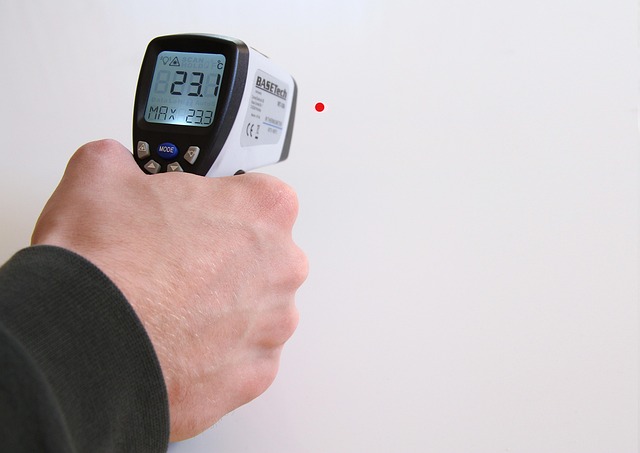Understanding color temperature is essential for any photographer aiming to achieve optimal exposure in their work. In photography, color temperature refers to the warmth or coolness of light which can dramatically influence the mood and feel of an image. Mastering this concept allows photographers to create more compelling compositions that resonate with viewers.
When you take a photo, the color temperature can vary significantly depending on the lighting conditions. For instance, during sunrise or sunset, light tends to have a warmer tone with hues of orange and yellow. This can evoke feelings of warmth and nostalgia. Conversely, midday sun emits a cooler, harsher light, often accompanied by a blue tint. Understanding these variations is crucial for photographers striving to evoke specific emotions through their imagery.
Modern cameras come equipped with various settings that allow you to adjust your white balance according to the lighting conditions. Using these settings to manipulate color temperature enhances your images and provides you with greater creative control. You can switch between presets for different environments—’daylight’ for sunny conditions, ‘shade’ for cooler lighting, or even ‘tungsten’ for warmer incandescent lights. Each adjustment can transform your photo from mundane to extraordinary.
Additionally, the optics of your camera play a significant role in how color temperature is perceived. Lenses are designed differently—some can soften the harsh edges of light, while others amplify contrast. This means that even under the same lighting conditions, the choice of lens can yield varied results in terms of color reproduction. Experimenting with different lenses gives you another layer of control over how color temperature manifests in your photos.
Post-processing software is also invaluable for manipulating color temperature. Tools allow photographers to alter the hue and warmth of their images after the fact, offering even greater flexibility. Whether you’re enhancing the golden glow of a sunset or cooling the tones of an overexposed daytime shot, this digital manipulation can refine your art to perfection.
Don’t forget the significance of storytelling in photography. The color temperature can influence the narrative a photograph represents. A cooler light might suggest a somber or serious tone, while warmer light might convey intimacy and warmth. When composing your shot, think about the emotional journey you want your audience to embark on. Use color temperature as a tool that speaks to their subconscious as much as the subject of your photo does.
Lastly, practice is key. Experiment with different settings and lighting conditions. Take notes on how varying color temperatures affect your images. This hands-on experience will deepen your understanding and intuition, ultimately making you a more versatile and skilled photographer. Mastering color temperature in photography not only enhances technical skills but also helps convey the story behind each frame.



